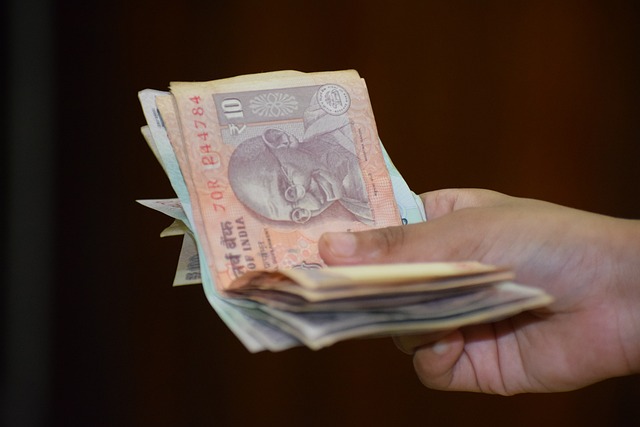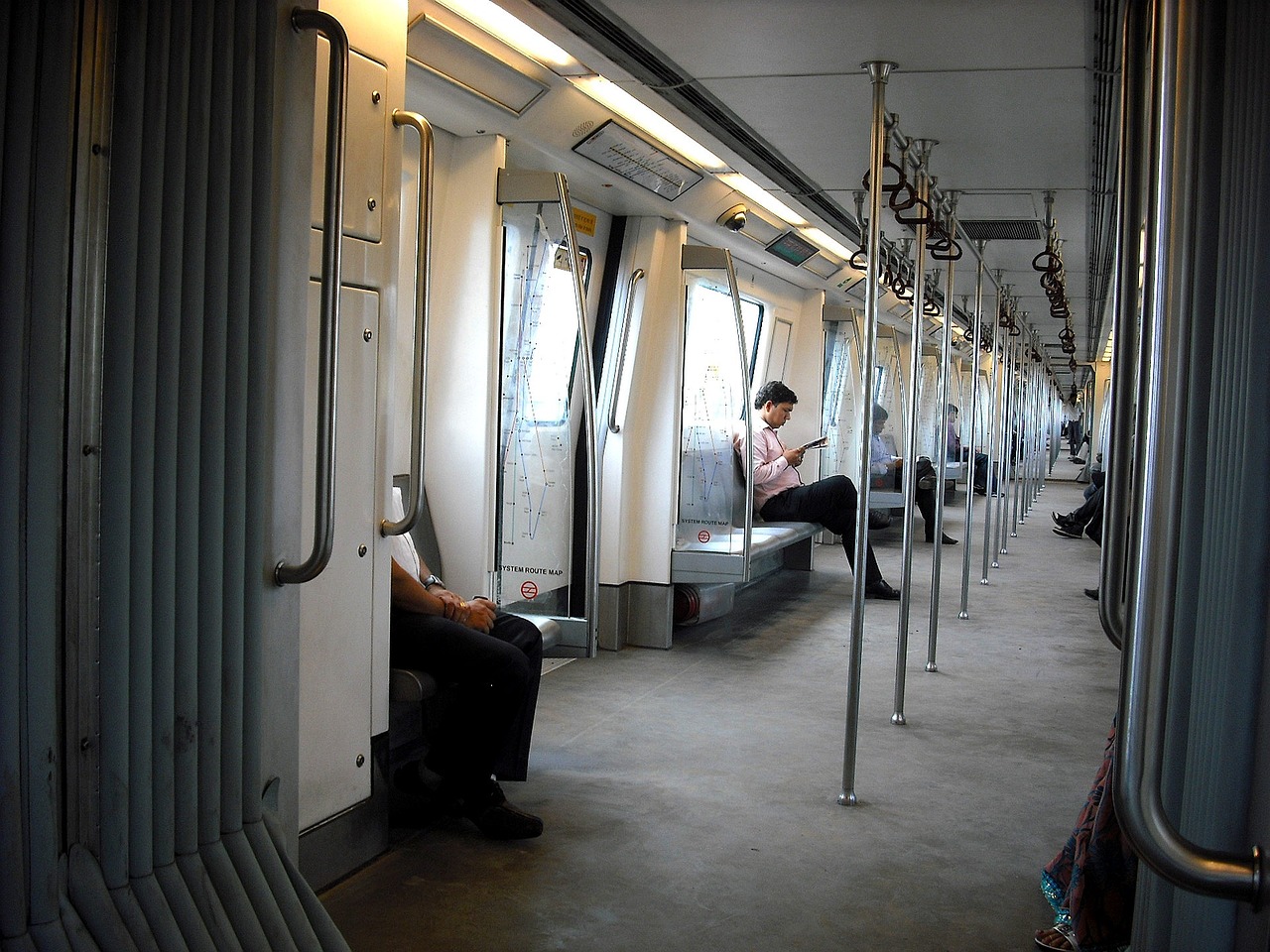
The National Capital Region Transport Corporation (NCRTC) has officially unveiled the fare structure for the Delhi-Meerut RRTS, marking this announcement ahead of the formal inauguration of the 17-km priority section.
The inauguration of the priority section for the Delhi-Ghaziabad-Meerut RRTS is scheduled for October 20, where Prime Minister Narendra Modi will officiate the event. Commencing from October 21, regular services for the 17-km section will soon be available. In preparation for the upcoming launch of these services, the NCRTC has now disclosed the fare structure for different routes. It’s essential to acknowledge that the fares for passengers traveling on the train will vary based on their choice between the Standard or Premium Class services.
Delhi-Meerut RRTS Fare (Standard Class)
The priority section of the Delhi-Meerut RRTS will encompass five stations along the 17-km route, specifically Sahibabad, Ghaziabad, Guldhar, Duhai, and Duhai Depot. According to the provided details, fares for the Standard Class on this route will range from Rs 20 to Rs 50, dependent on the length of the journey. The highest fare of Rs 50 pertains to the journey between the terminal stations, Sahibabad and Duhai Depot.
For passengers opting for the Premium Class, the fare will commence at Rs 40 and may increase to Rs 100 based on the number of stations included in their journey. It’s important to highlight that the first compartment of the train will be allocated as Premium coaches, equipped with amenities such as cushioned reclining seats, laptop charging ports, magazine holders, and more.
Delhi-Meerut RRTS Fare: Guidelines
Following the guidelines issued by the NCRTC, children measuring less than 90 cm in height will be allowed to travel for free on the Rapidx trains. To cater to commuters’ convenience, the rapid rail system will offer various ticketing options, including Digital QR code-based Tickets. Furthermore, the NCRTC will facilitate the use of the National Common Mobility Card (NCMC) Card. Other ticketing methods include Ticket Vending Machines (TVMs) and Paper QR code-based journey tickets.
Moreover, passengers are permitted to carry luggage weighing up to 25 kg, with dimensions measuring 80 cm x 50 cm x 30 cm.









